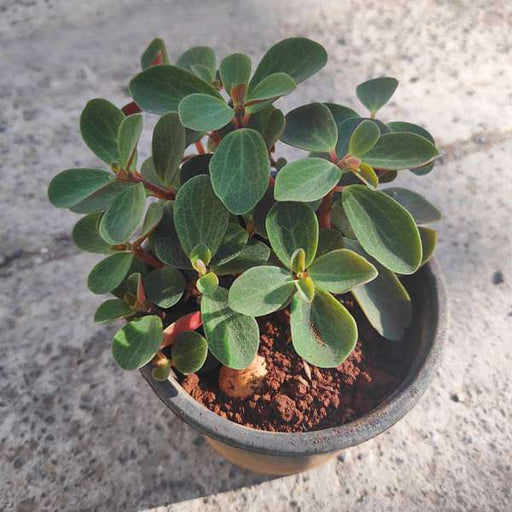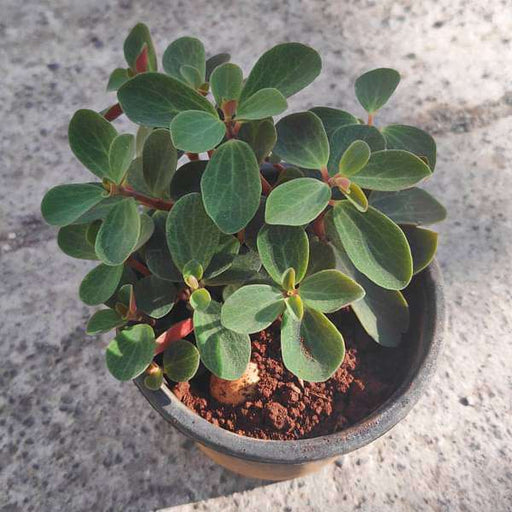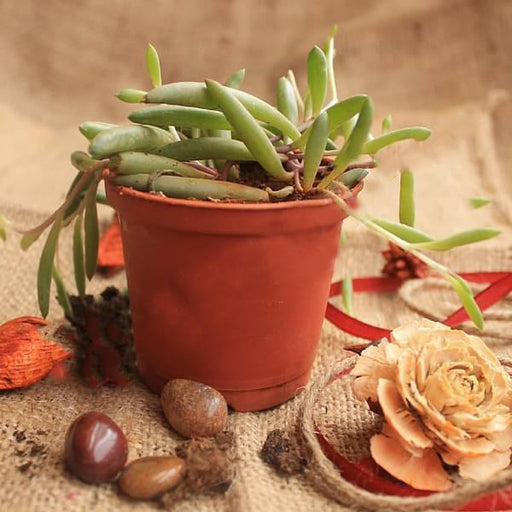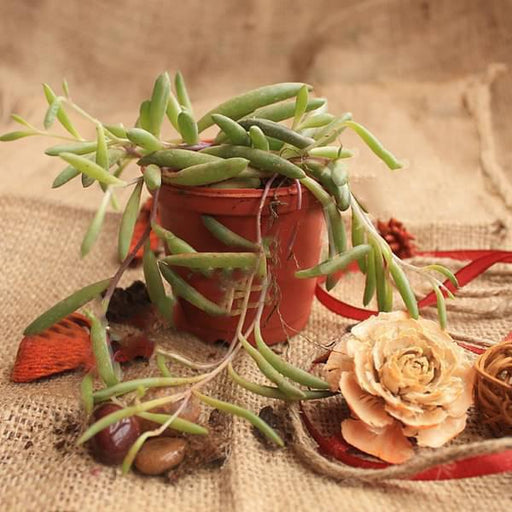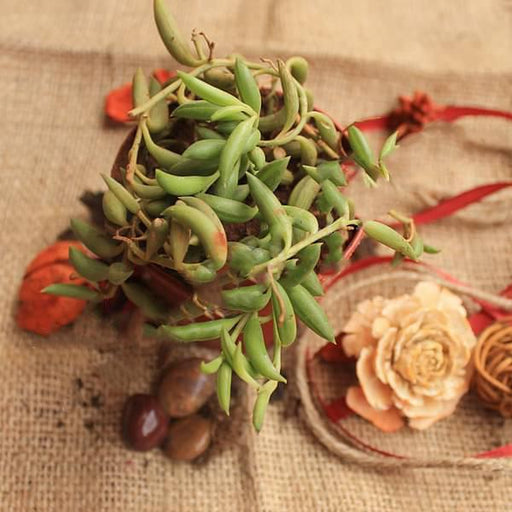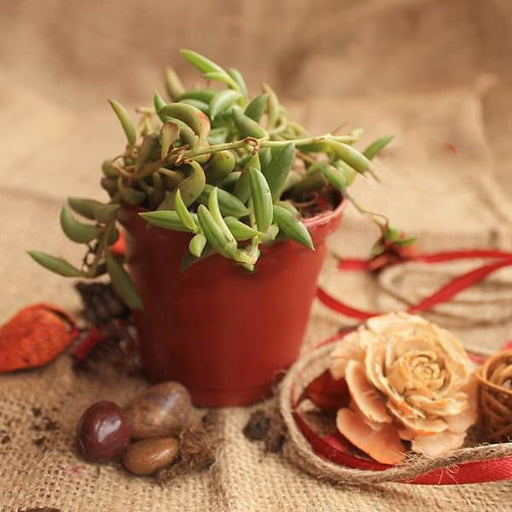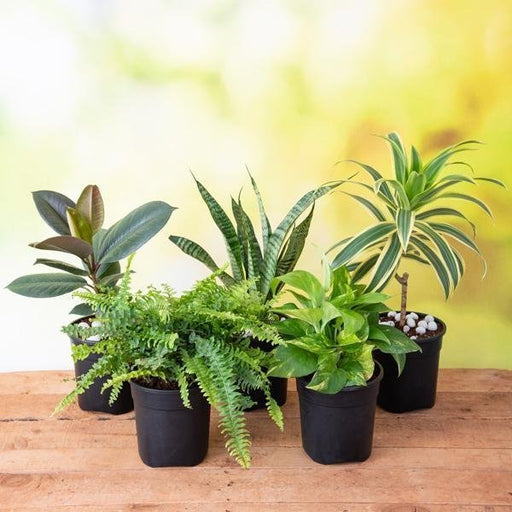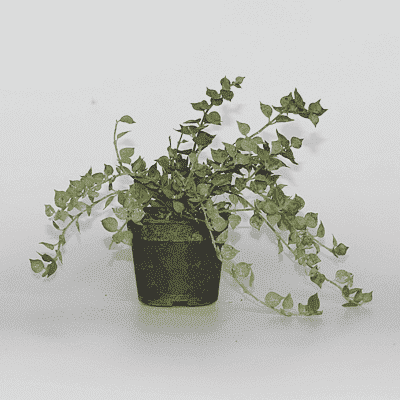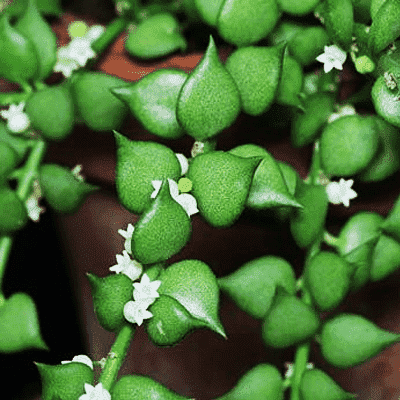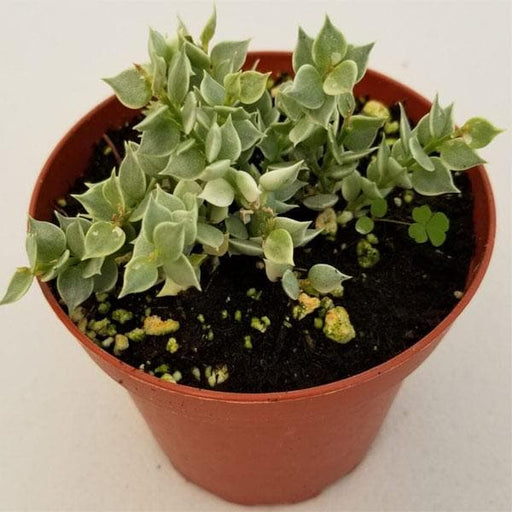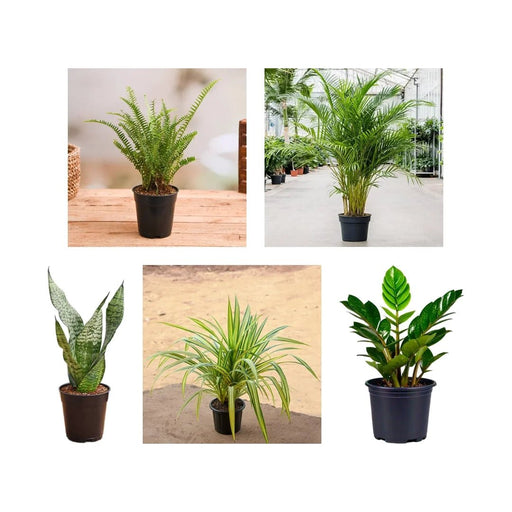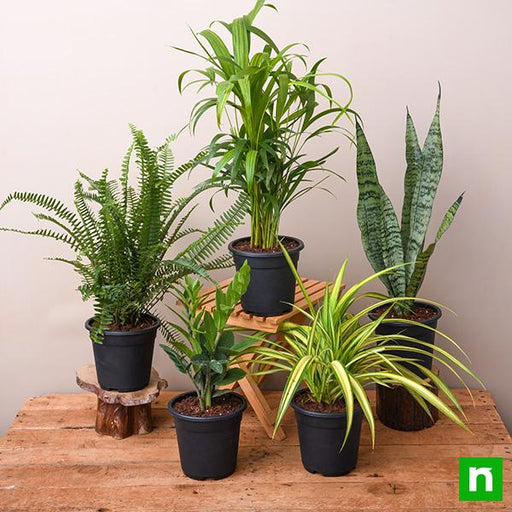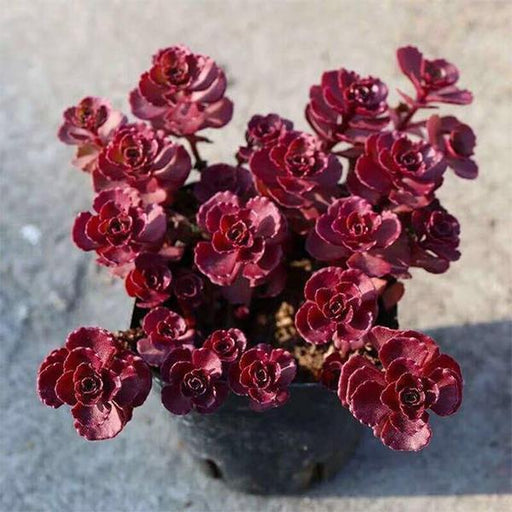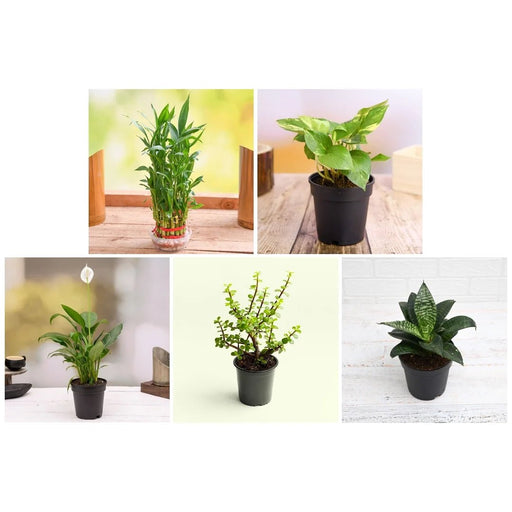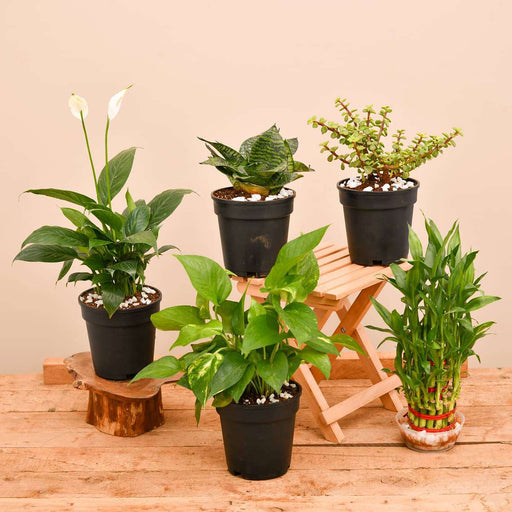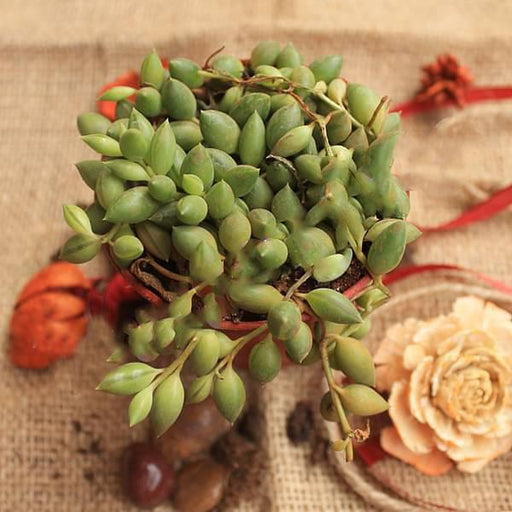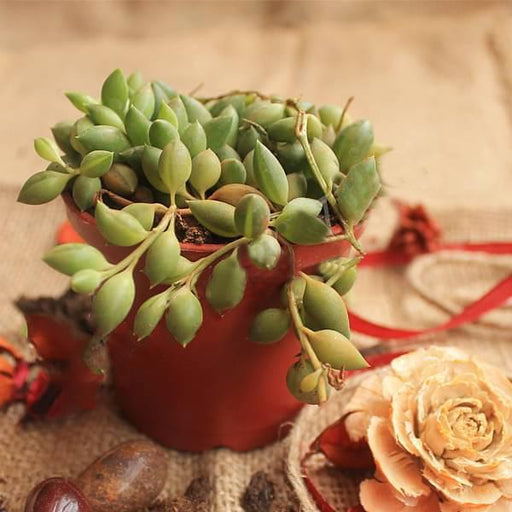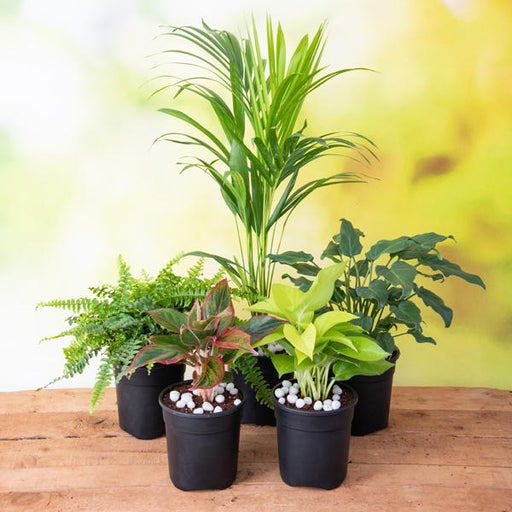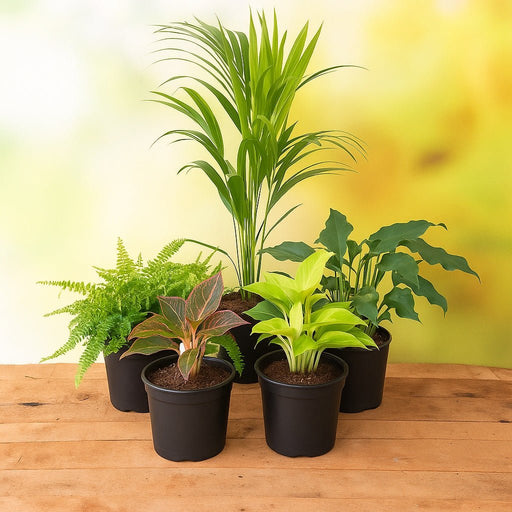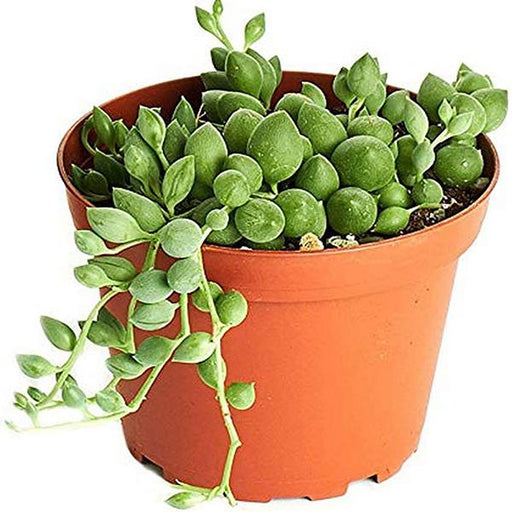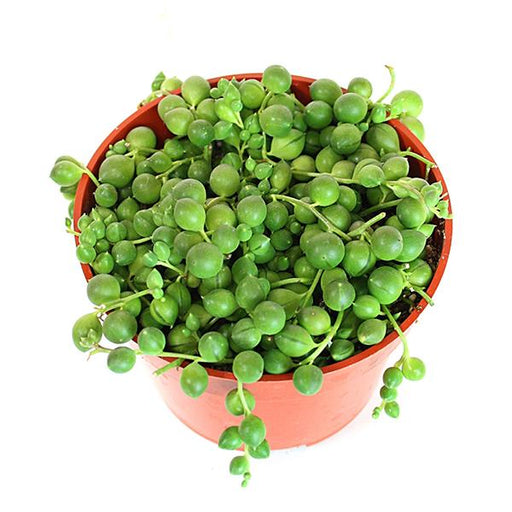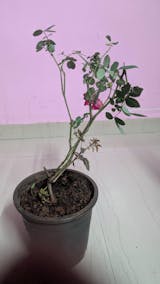Cacti
Cacti are the quintessential desert plant known for their distinctive shapes, prickly spines, and bright flowers. These plants are built to withstand harsh, dry environments and can live for decades or even centuries. Cacti come in a variety of sizes and shapes, from the towering saguaro to the tiny ball-shaped mammillaria. Some popular species include the golden barrel cactus, hedgehog cactus, and Christmas cactus.
Succulents
Succulents are a diverse group of plants that store water in their leaves or stems, making them perfect for dry environments. They come in a wide range of shapes and sizes, from the tiny haworthia to the massive agave. Some popular succulent species include the echeveria, sedum, and jade plant.
Agave
Agaves are large, dramatic plants that are perfect for adding a touch of the desert to your garden. They are characterized by their rosettes of spiky leaves and tall flower stalks. Agaves are drought-tolerant and require minimal care once established. Some popular species include the blue agave, century plant, and foxtail agave.
Yucca
Yuccas are another group of plants known for their striking foliage and tall flower spikes. They are often mistaken for agaves due to their similar appearance. Yuccas are native to the Americas and are well-adapted to arid environments. Some popular species include the Joshua tree, Spanish bayonet, and banana yucca.
Joshua Trees
The Joshua tree is an iconic desert plant that is native to the southwestern United States. It is characterized by its spiky leaves and unique shape, which inspired its name. Joshua trees can live for centuries and are an important part of the desert ecosystem. They are often used as a symbol of the American Southwest.
Desert Flowers
Despite the harsh conditions of the desert, there are many beautiful flowers that thrive in these environments. Some popular desert flowers include the desert marigold, sand verbena, and desert bluebells. These plants are adapted to the extreme heat and dryness of the desert and can add a splash of color to your garden.
Desert Shrubs
Desert shrubs are an important part of the desert ecosystem, providing food and shelter for a variety of animals. Some common desert shrubs include the creosote bush, saltbush, and cholla. These plants are often spiky and tough, making them well-adapted to their environment.
Desert Trees
Desert trees are often characterized by their deep roots and small leaves, which help them conserve water. Some popular desert trees include the palo verde, ironwood, and mesquite. These trees are often used in landscaping to add height and shade to a garden.
Desert Medicinal Plants
Desert plants have been used for medicinal purposes for centuries. Some commonly used desert medicinal plants include the prickly pear cactus, desert lavender, and desert sage. These plants are known for their healing properties and are often used in traditional medicine.
Desert Edible Plants
In addition to their medicinal properties, some desert plants are also edible. Some popular desert edible plants include the jojoba, mesquite, and agave. These plants are often used in cooking and can be a sustainable source of food in arid regions.
Drought-Tolerant Plants
Drought tolerant plants are able to survive in low-water environments, making them a great choice for desert landscapes. Some popular drought tolerant plants include Lavender, Sage, and Rosemary.
Xeriscaping
Xeriscaping is a landscaping technique that uses drought-tolerant plants and other water-saving strategies to create a beautiful and sustainable garden. This technique is especially popular in arid regions, where water is a precious resource. Xeriscaped gardens can be just as beautiful and colorful as traditional gardens, while requiring less water and maintenance.
Desert Adaptations
Desert plants have a variety of adaptations that allow them to survive in harsh environments. Some common adaptations include succulent leaves, deep roots, and spiky foliage. These adaptations help desert plants conserve water and protect themselves from predators.
Desert Landscaping
Desert landscaping is a popular trend in arid regions, where traditional landscaping techniques may not be sustainable. Desert landscaping often incorporates drought-tolerant plants, rock gardens, and other water-saving features. This type of landscaping can be both beautiful and environmentally friendly.
Desert Climate
The desert climate is characterized by hot, dry weather with little rainfall. This climate can be challenging for plants and animals, but many species have evolved to thrive in these conditions. Understanding the unique challenges of the desert climate is important when choosing plants for a desert garden.
Drought Resistance
Drought-resistant plants are able to survive in low-water environments, making them a great choice for desert gardens. Some popular drought-resistant plants include agaves, aloes, and yuccas. These plants have adapted to the desert climate and can thrive with minimal watering.
Desert Soil
Desert soil is often sandy or rocky and may be low in nutrients. This can make it challenging to grow plants, but there are many species that are well-adapted to these conditions. Adding organic matter and other soil amendments can help improve the quality of desert soil.
Desert Conservation
The desert is a unique and fragile ecosystem that is home to a variety of plant and animal species. Conservation efforts are important for protecting these habitats and preserving the biodiversity of the region. Using sustainable landscaping techniques, supporting conservation organizations, and reducing water usage are all ways to support desert conservation.
Desert Wildlife
The desert is home to a variety of wildlife, including snakes, lizards, birds, and mammals. Many of these species rely on desert plants for food and shelter. Creating a desert garden can provide habitat for these animals and support local biodiversity.
Desert Garden Design
Designing a desert garden can be a fun and rewarding project. Incorporating different plant textures and colors, using rock and gravel accents, and incorporating water-saving features are all important considerations. By carefully selecting plants and creating a sustainable design, you can create a beautiful desert garden that requires minimal maintenance.


